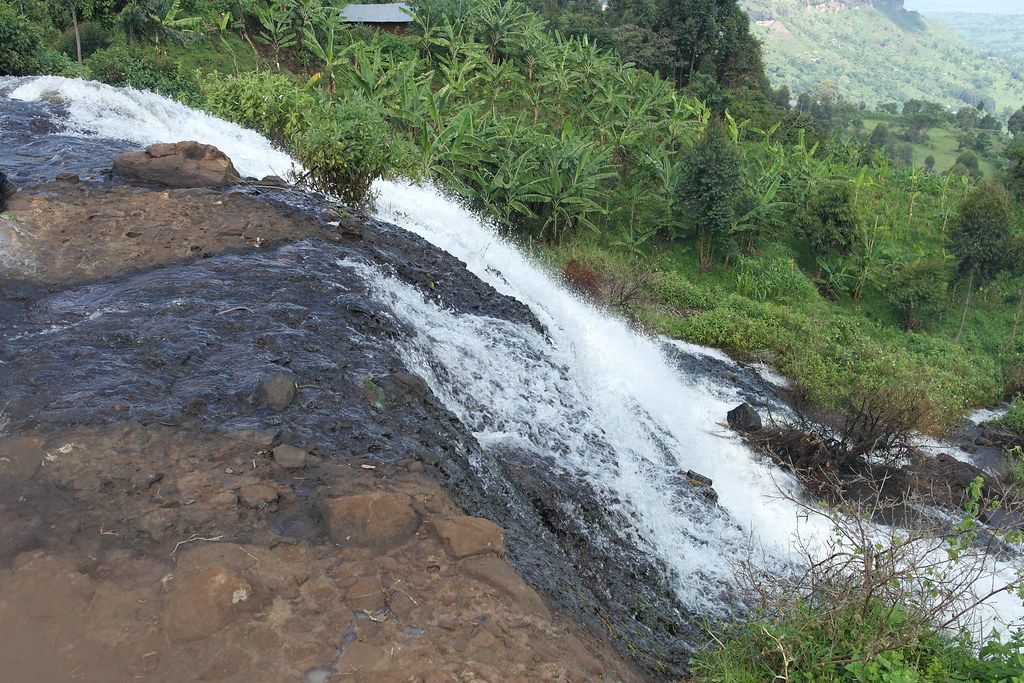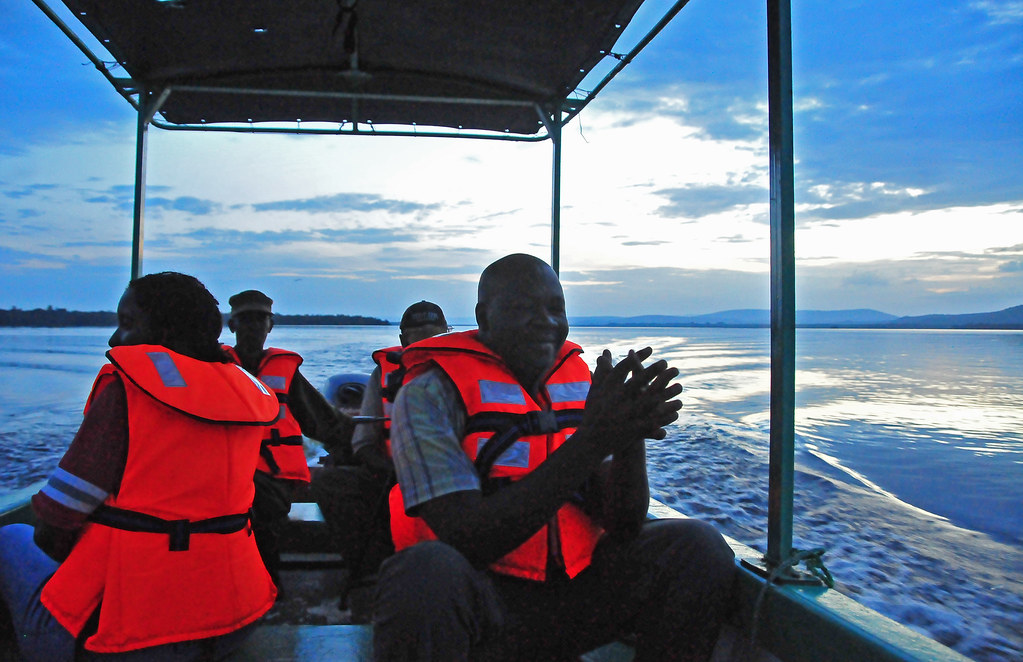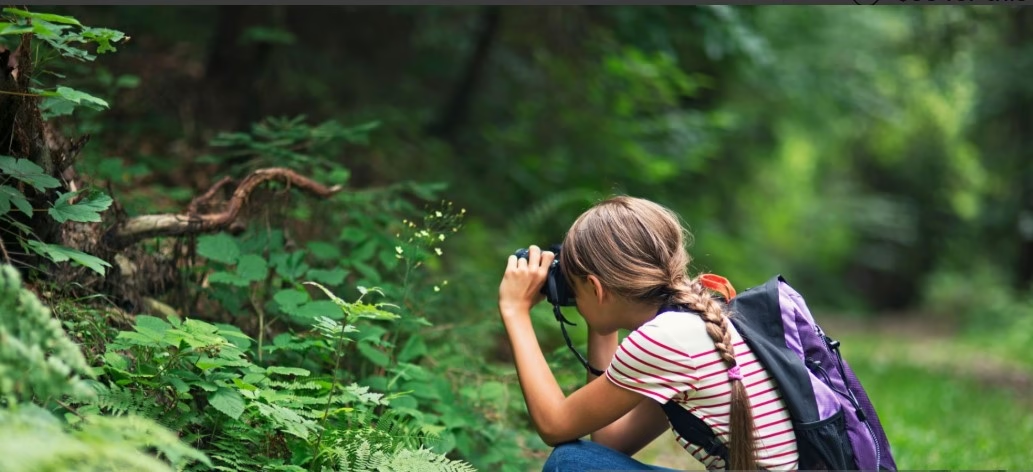
How to Photograph Gorillas in Uganda
How to Photograph Gorillas in Uganda
Venturing into Uganda’s misty mountains to photograph gorillas is more than just a safari it’s an emotional and spiritual journey. The encounter with a mountain gorilla is deeply humbling. Their powerful yet peaceful presence, the expressions in their eyes, the quiet rustle of the forest they all awaken something primal within you. Capturing such a moment with your camera is a rare privilege. But photographing these endangered giants is not just about equipment or technique; it’s about respect, patience and a genuine connection with the wild. Uganda, with its iconic Bwindi Impenetrable National Park and Mgahinga Gorilla National Park, offers some of the most intimate gorilla photography experiences on Earth.
This article offers a practical and inspiring guide on how to photograph gorillas in Uganda, covering everything from the ideal gear and settings to ethical considerations, trekking rules, and storytelling through your images.
Choosing the Right Destination in Uganda
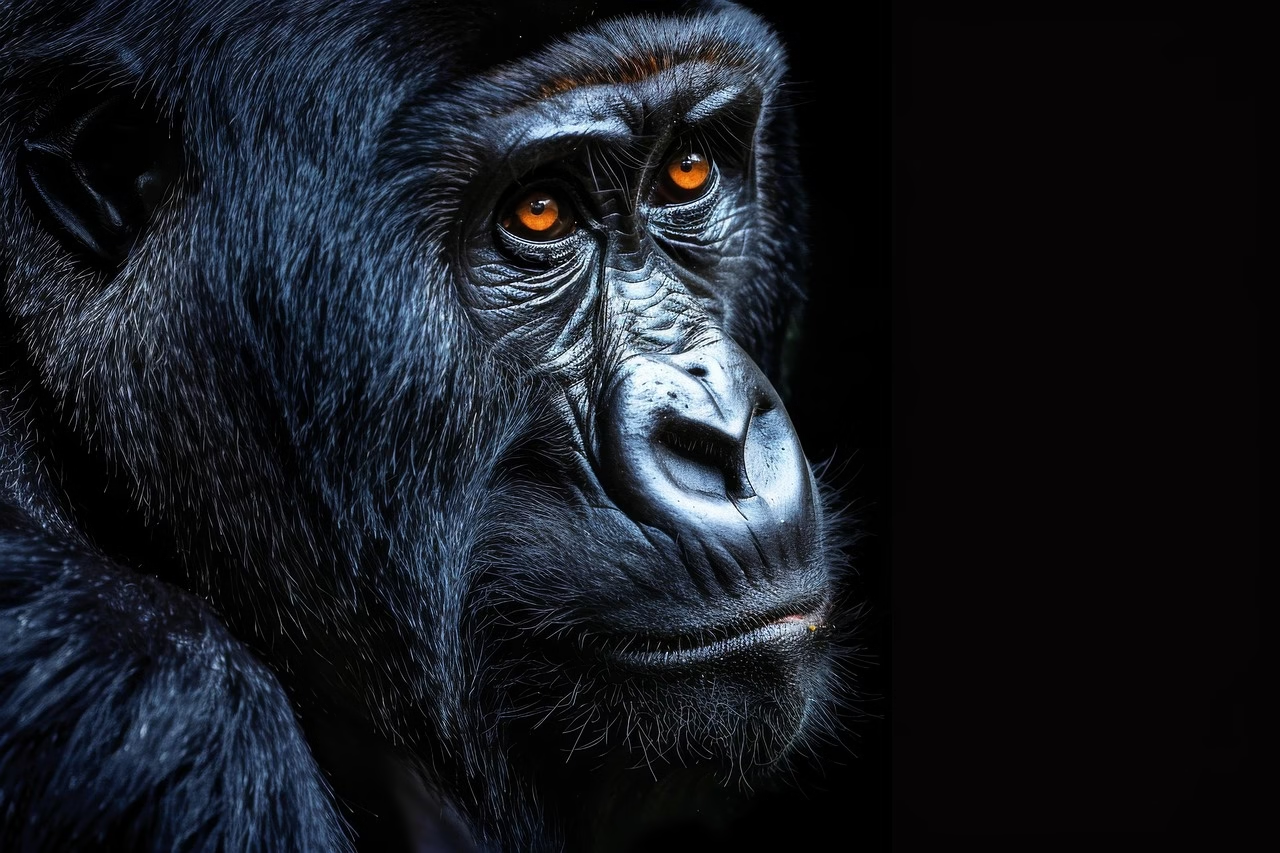
Uganda is home to over half of the world’s remaining mountain gorillas. The two main destinations for gorilla photography are:
1. Bwindi Impenetrable National Park
This UNESCO World Heritage Site is famous for its dense forest, which provides both challenges and unique opportunities for photographers. The vegetation is thick, and lighting conditions can be tricky, but the diversity of angles and the emotional weight of the setting create stunning compositions.
2. Mgahinga Gorilla National Park
Situated in the Virunga Volcanoes, Mgahinga is smaller and less visited but offers a more open terrain that may provide clearer photo opportunities, especially when gorillas move through bamboo forests or volcanic clearings.
Preparing for the Trek: What to Carry
Your success in photographing gorillas begins with smart preparation. You will be hiking through uneven, steep, and often muddy terrain. You need to pack not only for your camera but for yourself as well.
Essential Photography Gear
-
DSLR or Mirrorless Camera: These give you control over settings and allow for high-quality images.
-
Zoom Lens (70-200mm or 100-400mm): Since you’re required to maintain a 7-meter distance from the gorillas, a good zoom lens is crucial.
-
Extra Batteries and Memory Cards: Gorilla treks can last several hours. Batteries drain faster in cold and humid conditions.
-
Lens Wipes and Rain Protection: Uganda’s rainforest climate can change in minutes. Always protect your gear with a rain cover and pack microfiber cloths for wiping condensation.
Personal Items
-
Sturdy hiking boots
-
Long trousers and sleeves (for protection from insects and thorny plants)
-
Gardening gloves (to grab onto branches)
-
Waterproof backpack
-
Refillable water bottle and snacks
Understanding the Photography Environment
Gorilla photography is unlike shooting wildlife in open savannahs. The jungle environment has its own rhythm and challenges.
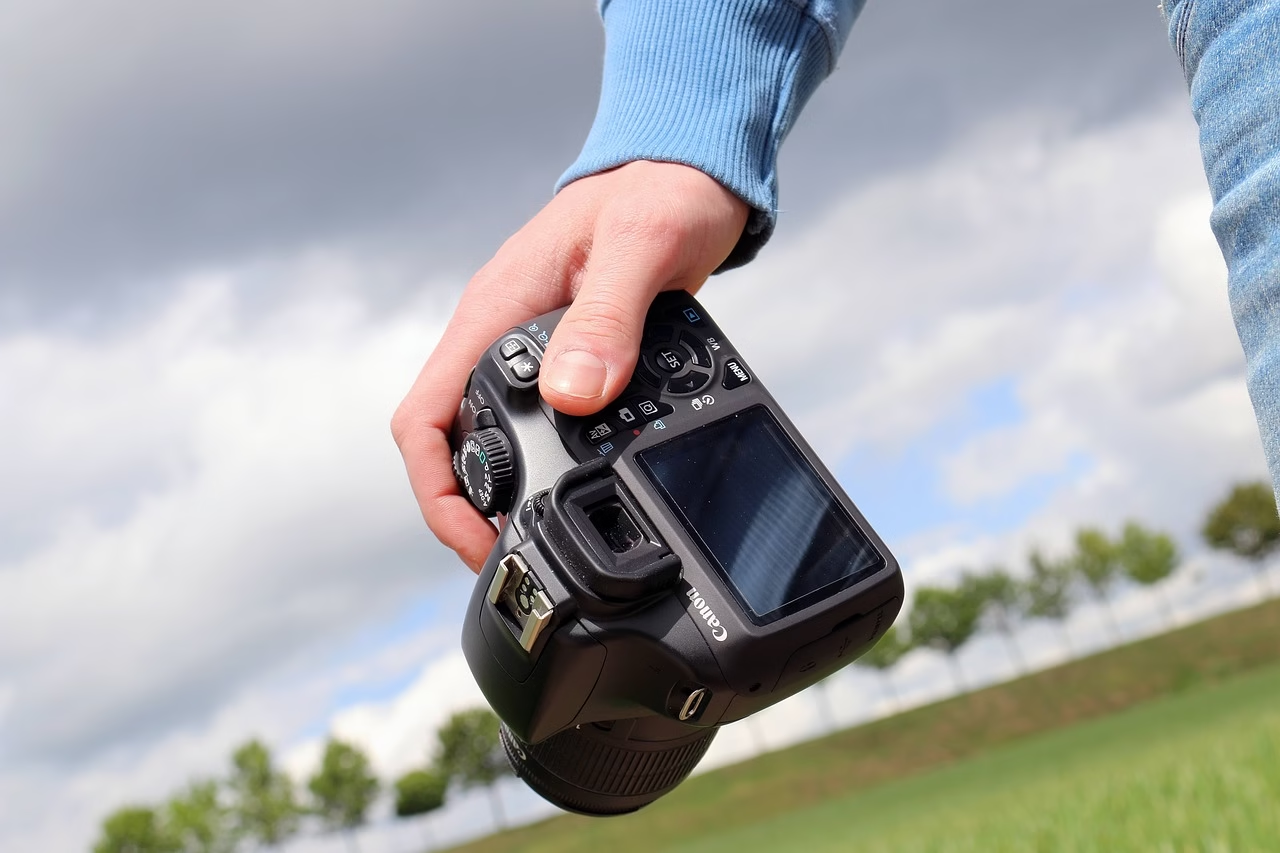
Light and Shadow
The forest canopy filters sunlight into soft, diffused rays, creating beautifully moody images—but it can also cause low light. Be prepared to shoot at higher ISO settings, sometimes up to ISO 3200 or 6400, depending on your camera’s capability. A fast lens (f/2.8 or f/4) helps in these conditions.
Movement
Gorillas often move slowly, but moments of action do occur, especially among juveniles. Use a shutter speed of at least 1/250 to freeze motion, or slower to add a sense of natural movement. Burst mode helps capture fleeting gestures or expressions.
Framing and Composition
Focus on the eyes—they tell a story. The expressions of gorillas are surprisingly human-like. Wait patiently for those soulful gazes, curious stares or tender interactions. Include the environment in your composition: a frame of bamboo, a hanging vine, mist curling through leaves. These elements place your subject in its world.
Following Gorilla Trekking Rules for Ethical Photography
One of the most important aspects of photographing gorillas in Uganda is doing so responsibly. The survival of these animals depends on respectful tourism. Uganda Wildlife Authority (UWA) enforces strict regulations that every photographer must follow.
Key Rules Include
-
No touching the gorillas: Maintain a 7-meter distance at all times.
-
No flash photography: It can startle or distress the gorillas.
-
You are allowed one hour with the gorillas: This time is precious. Use it wisely without over-clicking.
-
Avoid sudden movements or loud noises: Remain calm and composed, even if gorillas approach.
-
Do not visit if sick: Gorillas share up to 98% of our DNA and are highly susceptible to human illnesses.
Remember, the best wildlife photographers are those who put the welfare of animals first.
Telling a Story Through Your Images
More than just technical excellence, gorilla photography in Uganda is about storytelling. Think beyond single frames. How does your series of photos capture the emotion of the trek? How does it portray the relationship between gorillas and their lush, fragile environment?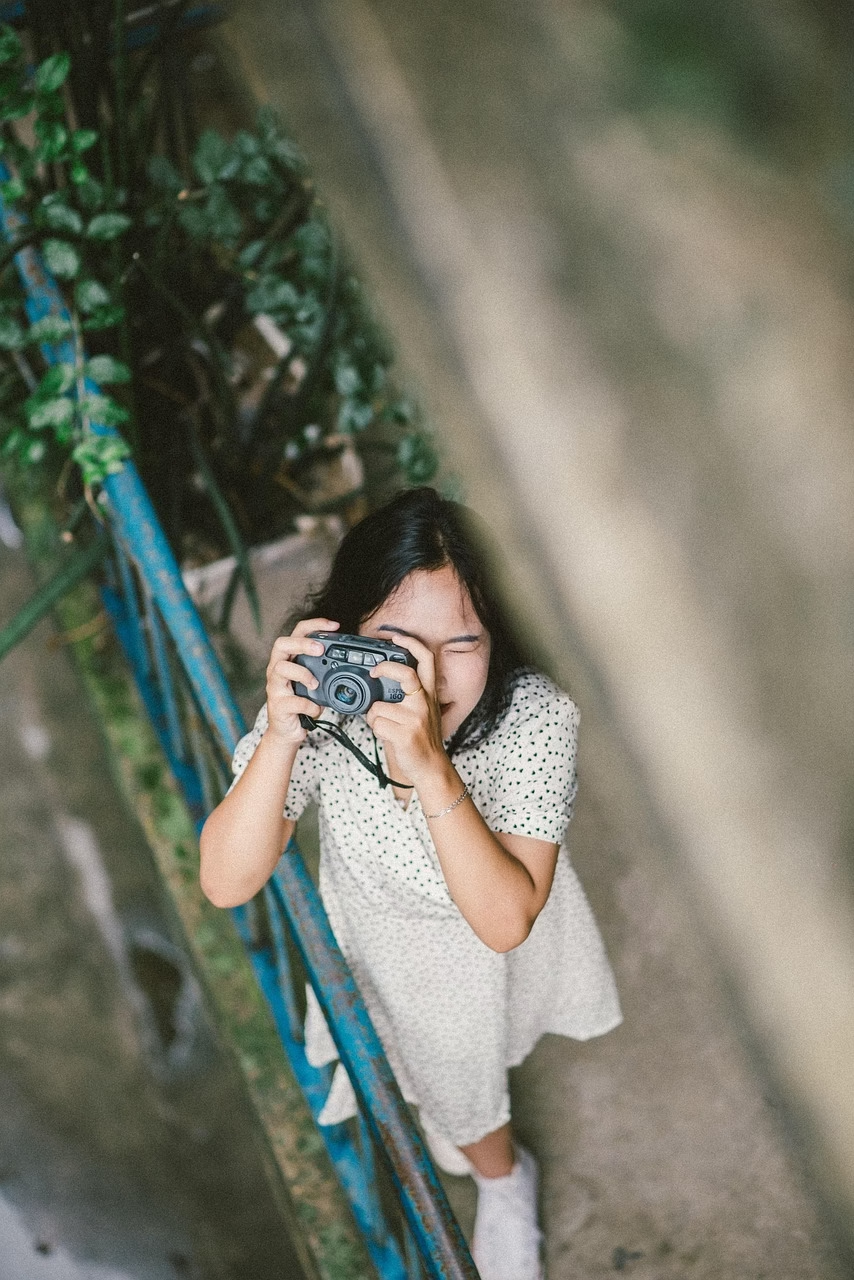
Capture not only the gorillas but also your journey your guide cutting through the thickets, the forest path winding beneath giant trees, the anticipation in your fellow trekkers’ eyes. These images breathe life into your story.
Post-processing should aim to enhance, not distort. Boost contrast subtly, adjust shadows to reveal more details, but stay true to the scene. Let authenticity shine.
When to Go: Best Time for Gorilla Photography
Uganda has two dry seasons:
-
June to September
-
December to February
These months are ideal for gorilla photography. Trails are less slippery, and visibility is slightly better. However, gorilla treks run year-round, and each season offers a different mood. The rainy season brings richer greens and mist, adding drama to your photos.
Consider a Habituation Experience
If you’re serious about gorilla photography, consider booking a gorilla habituation experience in Bwindi. Unlike the standard trek that allows one hour with the gorillas, the habituation trek gives you up to four hours with a semi-habituated family. This longer period allows for more diverse and intimate photography.
These experiences cost more but provide a deeper immersion and more meaningful images. You witness the raw, unfiltered behavior of gorillas not yet fully used to human presence.
Respect, Patience, and Presence
Ultimately, photographing gorillas in Uganda is a practice in humility. You’re stepping into their sacred home. Let your presence be gentle. Be fully present in the moment, camera in hand but heart wide open. The best photos are those taken not with eyes alone, but with reverence.
Let your pictures reflect the silence of the forest, the strength in a silverback’s pose, the innocence of a young gorilla clutching its mother, the connection between us and the wild. When you return home, your photos will be more than memories they will be whispers of the forest, echoes of a world few are lucky enough to witness.

